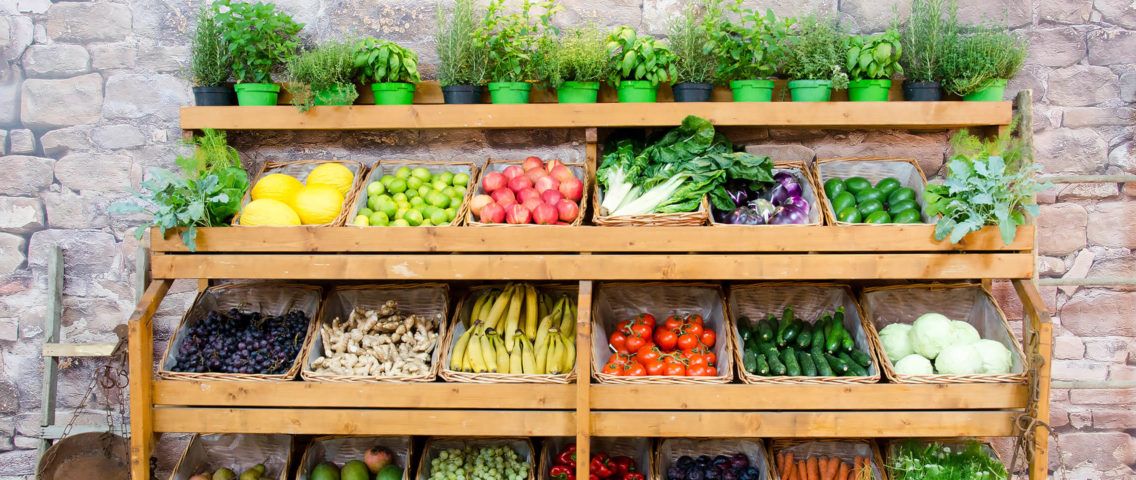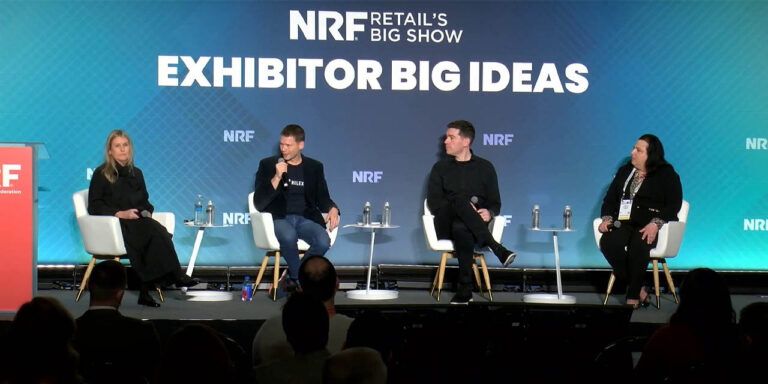Grocers are primed to compete with Amazon’s free grocery delivery
Oct 14, 2020 • 2 min
This piece was originally published in RetailWire.
In October 2019, months before the coronavirus crisis hit, Amazon.com made a strategic decision to offer free grocery delivery to those in the U.S. with a Prime subscription. This step was another sign that Amazon was actively working to establish itself as a serious player in the grocery space.
When it rolls out a new service, Amazon gets a great deal of attention. The trouble is that rival retailers often find themselves on the defensive even if they already offer similar – or better – benefits. In a survey of North American food retailers conducted by RELEX and EnsembleIQ last year, nearly half said they think Amazon is taking market share.
Traditional grocers need to regain their confidence and compete with Amazon. It certainly isn’t the only business to provide online ordering and delivery of fresh groceries, but its significant investments and assets give the impression of being unbeatable. Rival grocers, however, have many advantages over Amazon (and often match its offering). They just need the right foundation in place to leverage those advantages.
A robust supply chain infrastructure to support online shopping, which follows very different patterns than in-store, is critical for competitive success. If grocers that pick online orders from local stores rely only on in-store forecasts, they cannot replenish shelves accurately enough to meet demand from both channels. Customers placing online orders and shoppers in the store are more likely to encounter out-of-stocks and bounce to a competitor.
The best remedy is to generate separate, automated, data-based demand forecasts for each channel and bring them together in the supply chain plan. Appropriate investments will allow grocers to make the most of their long-established differentiators such as having established stores that can make ultra-fast deliveries of fresh items.
Amazon, as we’ve seen, is opening its own mainstream Fresh concept as well as operating Whole Foods and 100 percent dark store locations. All of the above are being used to support grocery deliveries. Amazon has also reportedly had discussions to set up fulfillment hubs in local and regional malls. These too may be used to support Amazon’s grocery ambitions.
The pressure is on for grocers to build up their supply chain and forecasting capabilities while keeping the promotion of their strengths at the forefront of their marketing activities. Doing so will enable them to maintain their reputation as a reliable choice for both online and in-store shopping, now and in the future.


